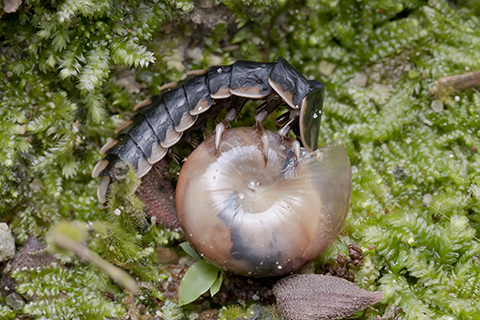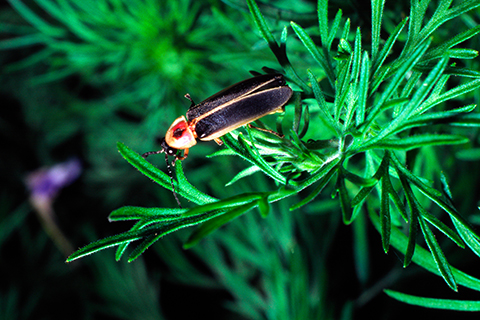Many of us have first memories of fireflies as a child, chasing them through woods, fields, or our backyards; and trying to catch them in a jar so we could more closely examine these amazing insects.
Others may think of a popular bedtime story Sam and the Firefly, a tale of a trouble-making firefly who ultimately saved the day.
No matter how the first introduction to fireflies happens, they seem to always capture a child’s imagination.
In fact, through the efforts of children, the firefly was designated the state insect of Pennsylvania.
Elementary students from Upper Darby worked with state legislators, circulated petitions, and distributed bumper stickers to support their position that since there was a species of firefly named for our state -- the Pennsylvania firefly (Photuris pensylvanica) -- it should be designated our state insect.
Their efforts paid off. In 1974, then Governor Milton J. Shapp signed the bill that officially made the firefly our state insect.
Jewels of the Night or Scheming Predators?

Fireflies can be both. Like many things, there is often a dark side. Fireflies, or lightning bugs, are actually not flies, but beetles.
Their larvae, sometimes called glow-worms, feed on other invertebrates -- especially soft-bodied species like snails, slugs, and worms.
These preferences can make them a welcome addition to gardens and mushroom production yards.
Firefly adults light up the night and their young control pests -- what’s not to like?
Although some adults feed on the nectar of flowers such as common milkweed, aster, and goldenrod, some don’t feed at all.
Others, like our own Pennsylvania firefly, are carnivorous. Females of the genus Photuris can mimic the flash pattern of male fireflies to lure them for a quick meal. For male fireflies, courtship can be deadly.
Firefly Conservation

According to the Xerces Society for Invertebrate Conservation, firefly populations are declining, in part due to:
- Habitat loss and degradation
- Light pollution
- Pesticide use
- Overharvesting
- Climate change
However, there are ways to help in firefly conservation. Look for citizen science opportunities to help track fireflies.
Anyone in North American can participate in the annual Firefly Watch, where participants spend at least 10 minutes once a week during firefly season, observing fireflies in your backyard or nearby field.
Another way to help is to by turning your lights off at night at home and by providing firefly habitat.
The Xerces Society recommends providing abundant native vegetation and dense leaf litter in a corner of your yard to provide shelter for fireflies and habitat for their favorite food sources -- soft-bodied invertebrates such as snails, slugs, and earthworms.
Celebrate Fireflies This Summer
Firefly season is approaching! Look for ways to celebrate these beautiful and ecologically important insects.
Pennsylvania’s own firefly festival has been taking place for eight years -- this year, tours will be limited due to COVID-19, but you can follow the presentations and events from your own home, then go outside and look for their lights in your own night sky.
Learn more about fireflies and how to help them at the Xerces Society website.